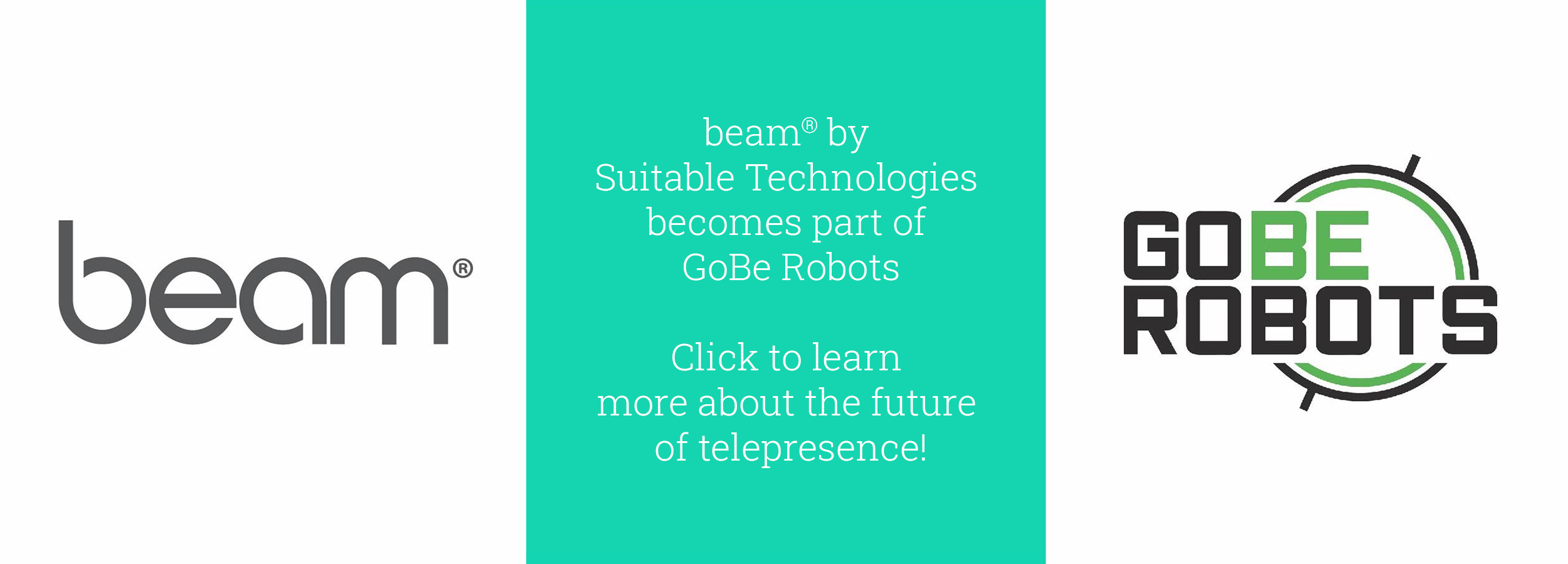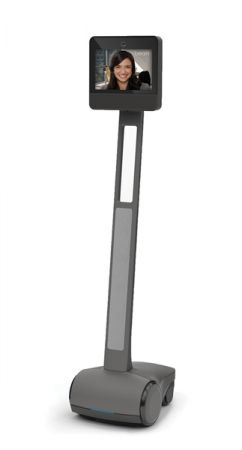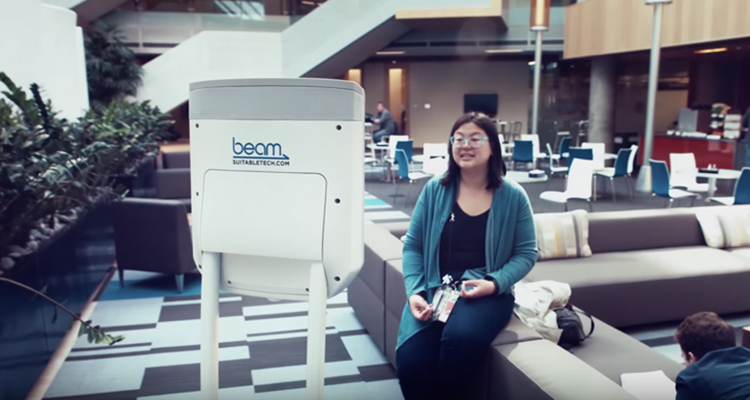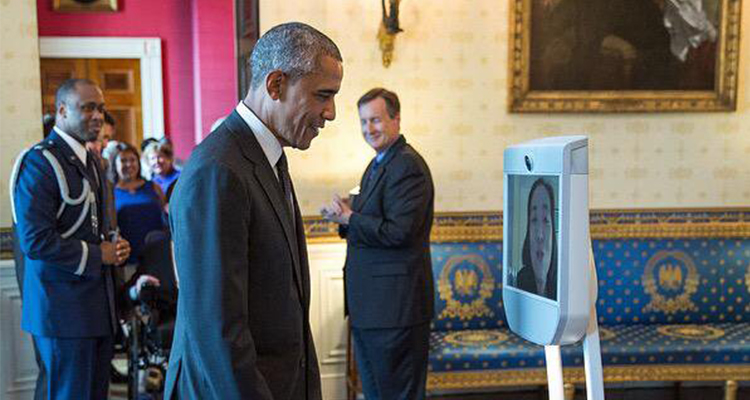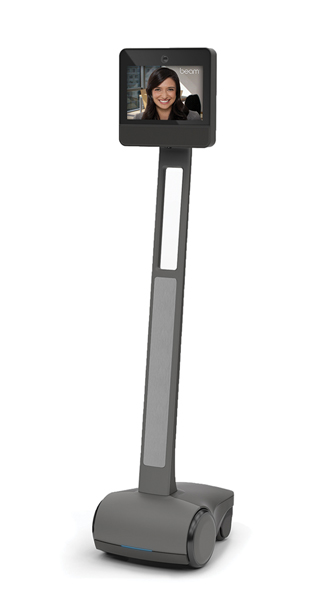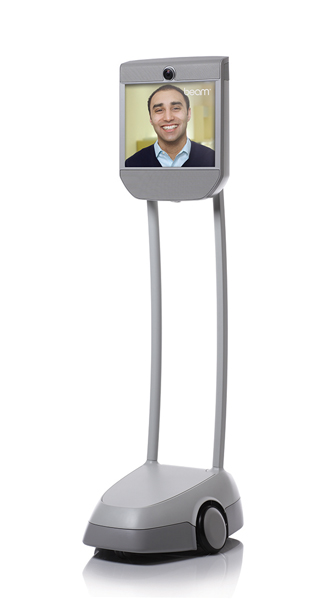EdTech is a rapidly growing industry, to the tune of over $8.15 billion in 2017 alone. If we’ve learned anything from the rise of this industry, it’s that the new avenues afforded by digital technology helps deepen and broaden opportunities for teachers and students alike.
As schools get back in session, here’s a quick cheat sheet on the top 4 academic ways telepresence technology is helping transform education:
Physical disabilities are not an academic handicap
Telepresence offers a major opportunity for students and faculty with illnesses or physical handicaps to attend classes, carry out on-site research, attended academic events and conferences and generally be a part of the educational community.
For example, Kavita Krishnaswamy, a Ph.D. candidate in Computer Science at the University of Maryland whose focus is on the development of robotic systems to provide assistance and increase independence for people with disabilities, has been able to pursue via Beam numerous enriching opportunities, including attending events as a Google Lime Scholar and Microsoft Research Fellow (among other accomplishments). And Dr. Jennifer Rode, a Senior Lecturer in Digital Technologies in Education at the University College London (UCL), regularly teaches despite often being housebound with a degenerative autoimmune disease.
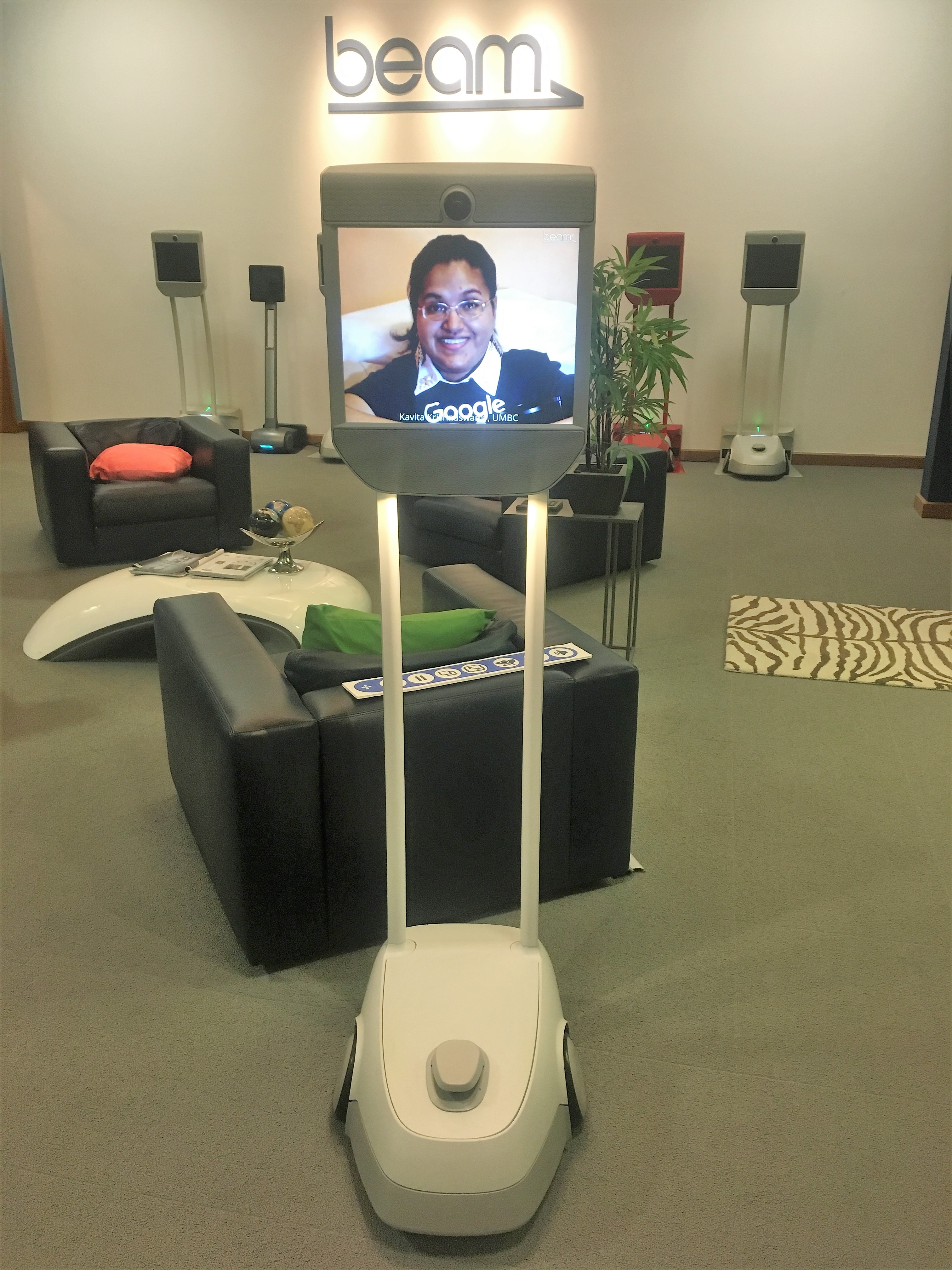
School spirit makes us Beam
While telepresence technology certainly supports integration in classrooms, it also levels the playing field for remote students to join in on all community events. Thanks to Beam, no more armchair quarterbacking - students can join the pregame festivities (as seen here at Stanford University) from wherever they are.
It helps STEM move full-steam ahead
With STEM jobs predicted to grow at 13 percent (vs. 9 percent for non-STEM jobs) by 2027, but only 36 percent of all high school graduates ready to take a college-level science course, the push for students to do better in science- and math-related classes is growing. Educational providers like Carnegie Learning, the leading publisher of adaptive learning courseware and curriculum for the STEM field, are using telepresence technology to collaborate on fresh ways to innovate and support better STEM learning and results.

It provides the missing link of distance learning
Online learning today can go head-to-head with in-person classes, with most virtual undergraduate and graduate programs granting the same diploma and credentials as regular degrees. But when it come to classroom experience, having a physical presence is a game changer for most students.
Take for example the Michigan State’s Educational Psychology and Educational Technology program in the College of Education, where for the past several years distance students have used Beam to have a “seat at the table” and make personal connections that are fundamental to the in-class learning experience. These remote learners easily and effectively meet with their team as if they were physically in the room.
Over at Stanbridge University, telepresence tech is routinely used as part of courses offered to students in their nursing degree and certificate programs. As Dr. Mark Petersen, who heads up the Graduate OT program at Stanbridge, states, "The Beam virtual communication device advances the reach of telehealth in all areas of occupational therapy practice for therapists to provide services in the client's natural environment. Students [are] also able to participate in distance learning opportunities from instructors who are able to provide clinical skills trainings in multiple sites simultaneously."
Beam makes the grade when it comes to not just back to school but year-round when it comes to supporting academic pursuits. Lesson learned: telepresence tech isn’t just a teacher’s pet - it’s proven effective in a variety of academic settings.

